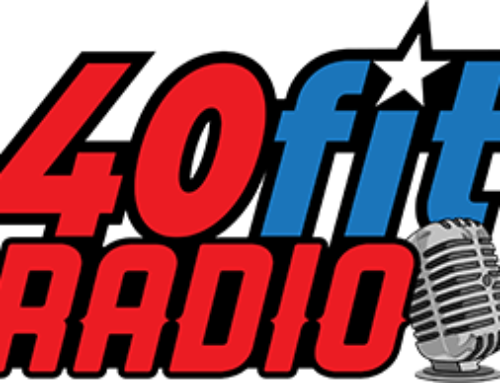In the second installment of the Looking Good, Feeling Good miniseries, Coach D takes a deep dive into diet and nutrition for better composition. We covered the basics of nutrition in broad strokes on Episode #6; today we dive deeper into what a diet should look like for achieving good body composition and athletic performance.
At the most fundamental, diet is simply the fuel used to power your body. Since the amount of fuel required is determined by your metabolism — as covered in the previous episode — diets can look very different from person to person, even for those with similar body composition goals. Diets can be broken down into three broad categories:
- Net neutral caloric diet: meaning you eat, on average, just as many calories as you burn. You’re not losing weight or gaining weight, within certain bounds (hydration levels and other factors may cause your weight to fluctuate a few pounds in either direction). This does NOT, mean, however that your body composition will remain the same. Food choice and training can influence your body composition even in a net neutral diet.
- Net negative caloric balance: you eat, on average, fewer calories than you burn, creating a caloric deficit. This means that you will lose weight. Remember that “weight” can mean different things in terms of body composition: weight is comprised of bodyfat, muscle mass, and other lean tissue like connective tissue and bone. Strength-biasd training and food choices can tilt weight loss toward bodyfat loss while retaining lean tissue (although it’s an unavoidable fact that some muscle mass will be lost if you are losing weight).
- Net positive caloric balance: a caloric surplus, i.e. gaining weight.
Calories are very important, but they are not the only variable in the equation. Food choice is important too, for several reasons. One such reason is thermogenesis. Simply put, thermogenesis is the amount of heat that food generates when consumed, or digested, int the body. Not all macronutrients are equal when it comes to thermogenesis. In fact, protein and fiber-rich foods generate more heat during digestion than fats and carbs. Consequently, diets rich in protein and non-processed carbohydrates yield better body composition.
Stay tuned for more episodes in the Looking Good, Feeling Good series!
Connect with 40fit Radio

Leave A Comment